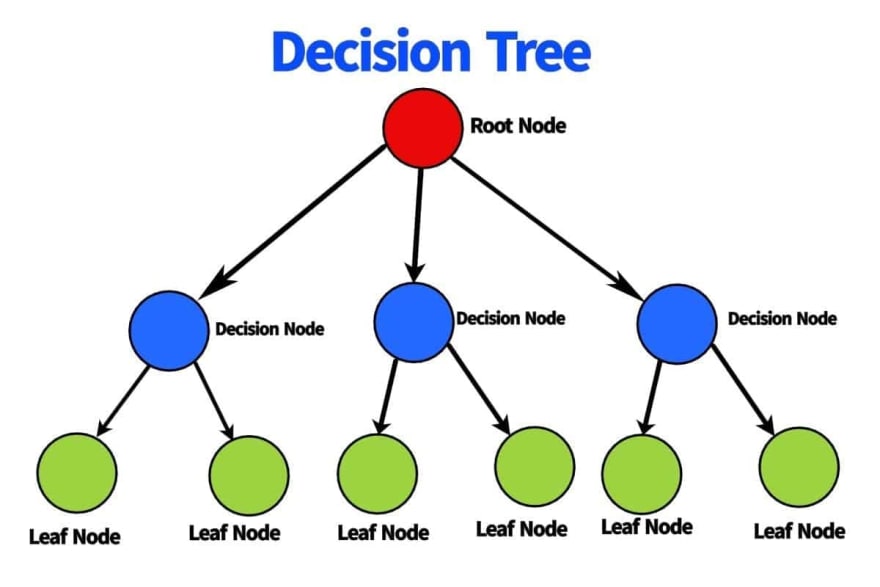Note: Use this link to check out our original article on pruning to reduce overfitting in machine learning.
Pruning is a technique used to reduce the size of a decision tree by removing branches that do not contribute significantly to the accuracy of the tree. The goal of pruning is to improve the generalization performance of the tree by reducing overfitting.
There are several methods for pruning decision trees, but one common approach is reduced error pruning. This method begins by constructing a complete decision tree using a training dataset, and then iteratively removing branches from the tree and evaluating the impact on the accuracy of the tree using a validation dataset.
The basic idea behind reduced error pruning is to remove a branch if the accuracy of the tree does not decrease significantly as a result of the removal. This is done by comparing the accuracy of the tree before and after the removal of each branch, using a validation dataset. If the accuracy of the tree does not decrease significantly, then the branch is removed.
Another pruning method is Cost complexity pruning. It uses a regularization parameter which is used to control the trade-off between the complexity of the tree and the training error. the regularization term will be added to the classification error and the tree will be pruned in such a way that the regularized error is minimum.
Another popular method is Minimum Description Length(MDL) pruning. It is based on information theory which states that a good model is one which has the shortest description length. Model selection is performed in such a way that the complexity penalty and the data fitting penalty are balanced.
Another method is the Iterative Dichotomiser 3(ID3) algorithm. It uses the concept of entropy to decide which feature to split on. The feature with the highest information gain is chosen as the splitting feature. To prune the tree, a test set is used to evaluate the accuracy of the tree after pruning. If the accuracy does not decrease significantly, the tree is pruned.
Finally, another pruning method is Minimum Description Length(MDL) pruning. This method tries to reduce the tree's complexity by cutting branches that do not contribute a lot to the accuracy of the tree. It is based on the idea of describing the tree in the shortest way possible. The MDL principle states that a good model is one that has the shortest description length. MDL pruning is done by finding the smallest subtree that can be used to approximate the full tree, while still achieving similar accuracy.
In conclusion, pruning is an important technique for improving the generalization performance of decision trees by reducing overfitting. There are several methods for pruning decision trees, each with its own strengths and weaknesses. Choosing the right method for a given problem depends on the characteristics of the dataset and the specific requirements of the problem.
Summary
In this article, I tried to explain the pruning of decision trees in simple terms. If you have any questions about the post, please put them in the comment section, and I will do my best to answer them










Top comments (0)